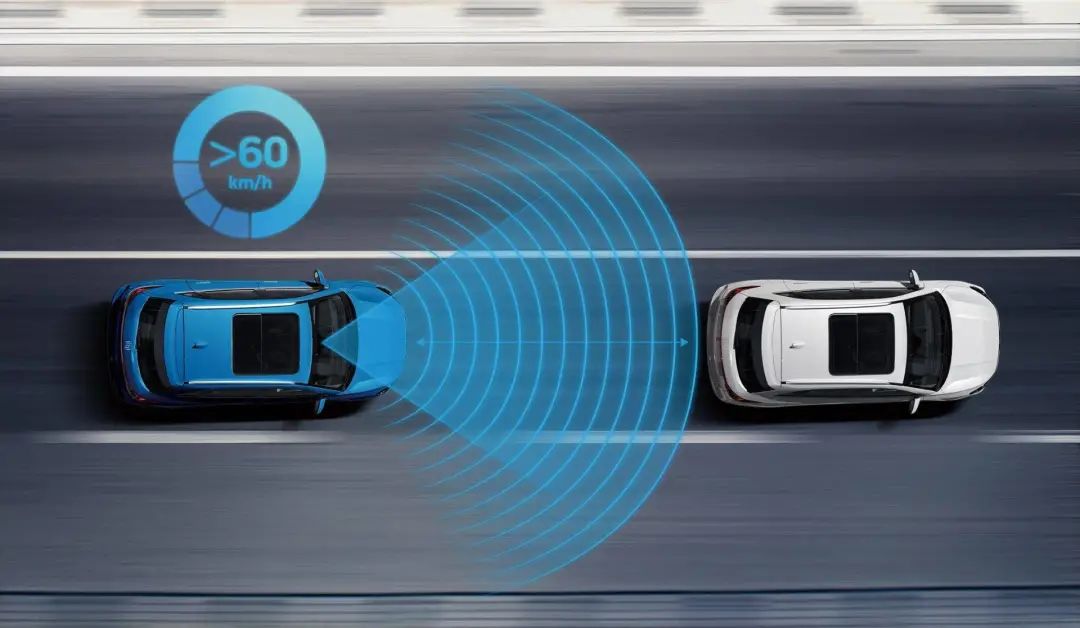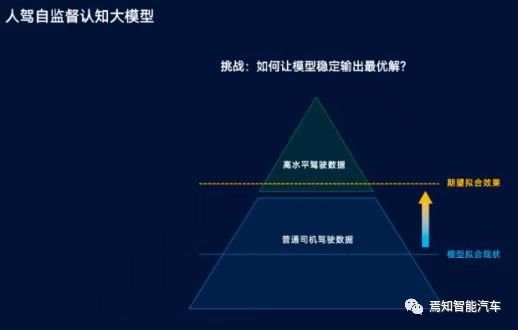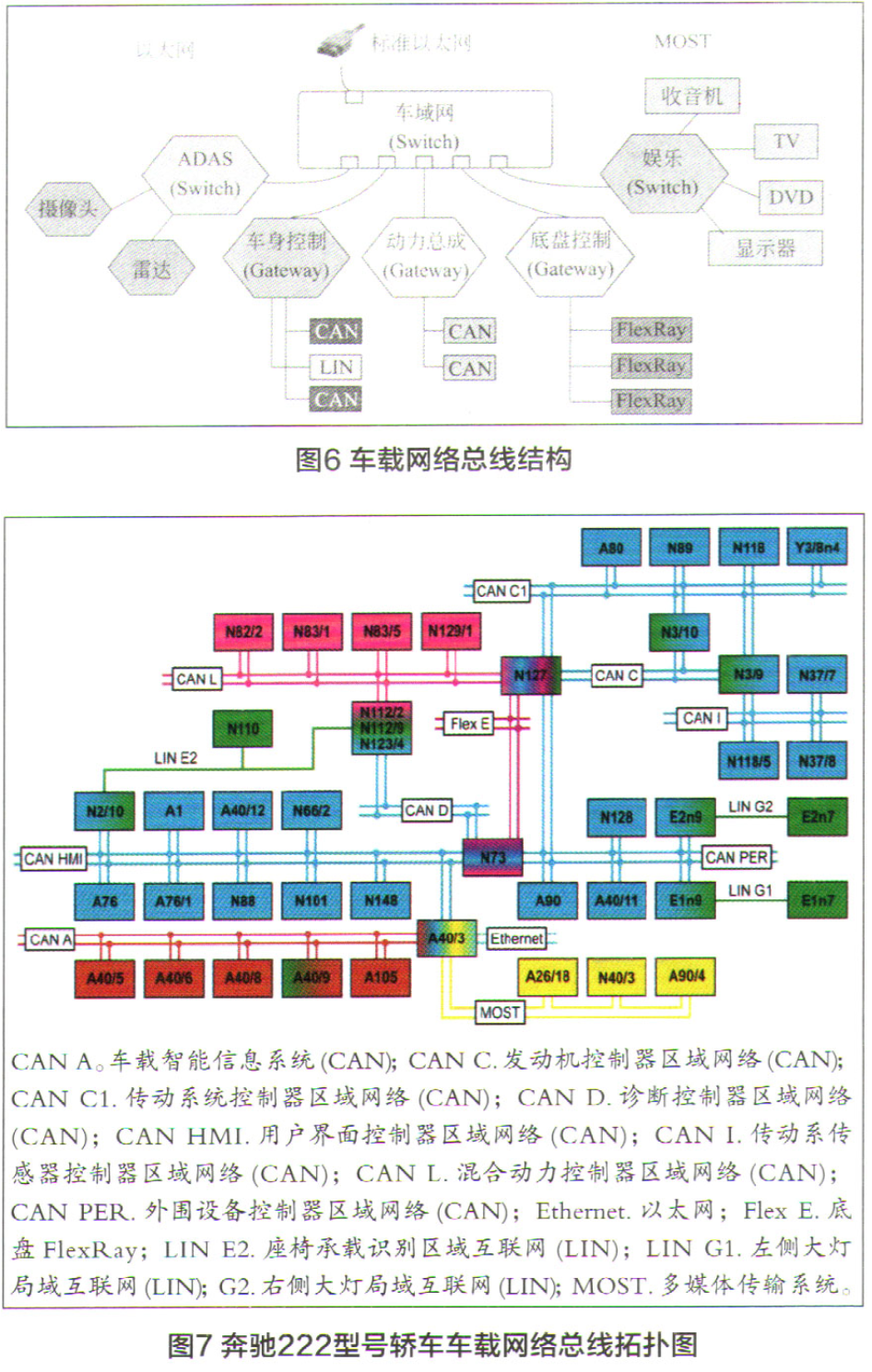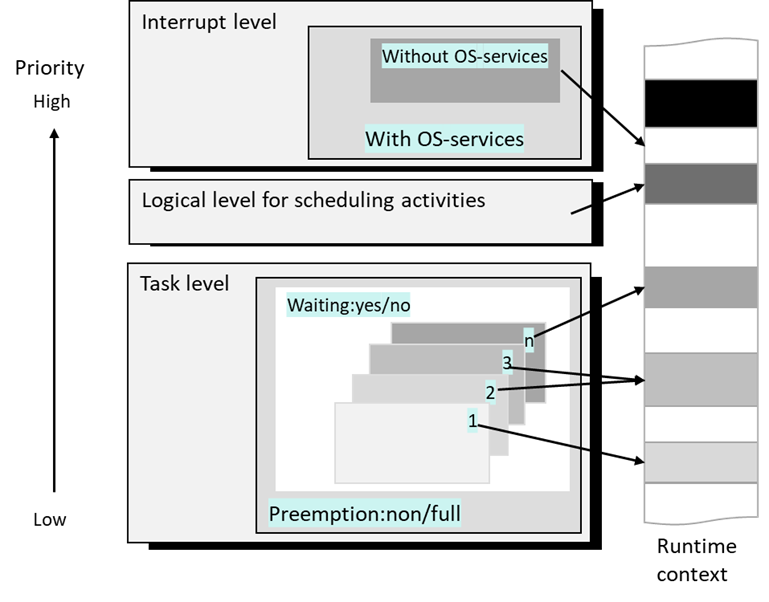自动驾驶规控算法的未来挑战
一、引言:
二、规控决策的重要性:
三、问题与挑战:
1.模型泛化
2.不确定性估计,数据质量和数量评估
3.多智能体与智能体-环境交互
4.安全与可靠性
5.计算效率
6.利用多模态融合进行最优决策
7.可解释性和可说明性
8.无需高清地图的自动驾驶
本篇文章将着重模型泛化、不确定性估计以及数据质量和数量评估和多智能体与智能体-环境交互这三个方面
3.1 模型泛化
自动驾驶汽车必须具备在各种环境和多样化条件下的运行能力。然而,这些环境和条件可能与用于开发决策模型的训练数据存在差异,从而导致模型的泛化能力不足,即在新的和未曾遇到的情况下表现欠佳 [1]。自动驾驶模型应具备适应不断变化的环境条件的能力,例如不同的光线、恶劣天气、突发障碍、异常交通模式、多方交通参与者以及不同的道路表面,从而实现在这些多变环境中的多智能体互动模型的泛化能力。
为确保自动驾驶汽车的安全性和可靠性,模型必须对环境变化表现出鲁棒性。反之,若对这些变化过于敏感的模型可能在泛化能力上不足,从而导致在实际驾驶场景中的表现不尽如人意。


图2. 载有多传感器的车辆 [4]
3.2 不确定性估计,数据质量和数量评估
自动驾驶系统的运行依赖于精密且复杂的决策方法,这要求对不确定性进行准确的估计,并对数据的质量和数量进行全面的评估。这些高度先进的系统利用各种传感器,如摄像头、激光雷达和雷达,来获取关于周围环境的详细信息,并基于这些数据作出行驶决策。然而,这些数据通常存在噪声、不完整性,以及受到各种误差来源的影响,这可能导致不准确的决策和潜在的不安全驾驶行为。因此,在开发和优化自动驾驶系统时,关键是要设计出能够有效识别和处理这些问题的算法,确保在各种情况下都能实现稳定、安全的驾驶。

3.3 多智能体与智能体-环境交互
在复杂的交通场景中,自动驾驶汽车需要与道路上的各种智能体进行高效且安全的互动,这些智能体包括其他自动驾驶汽车、人类驾驶的汽车、行人和骑自行车的人。这些智能体的行为可能具有难以预测的性质,因此对自动驾驶汽车的决策系统提出了巨大挑战。一个智能体的行为可能会引发连锁反应,从而影响环境中其他智能体的行为和动态。为了应对这种复杂性,自动驾驶系统需要具备高度的适应性和响应能力,以便在实时变化的交通环境中进行有效的决策。此外,自动驾驶汽车还需能够根据实际情况预测其他智能体的意图和行为,从而在确保行车安全的同时提高道路通行效率。
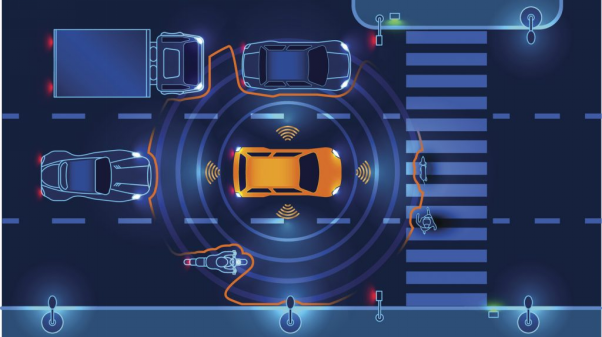
1.博弈论模型:博弈论模型是解决多智能体互动挑战的有效方法之一 [17] [18]。博弈论模型能够有效地捕捉智能体之间的相互作用,为多智能体决策提供了有力的理论支持。博弈论模型可用于建模多个智能体(如自动驾驶汽车、人类驾驶的汽车、行人等)的行为,并在各种复杂场景中预测它们的行动。通过分析智能体之间的竞争与合作关系,博弈论模型有助于自动驾驶汽车作出更加合理的决策,以实现安全、高效的道路交通环境。
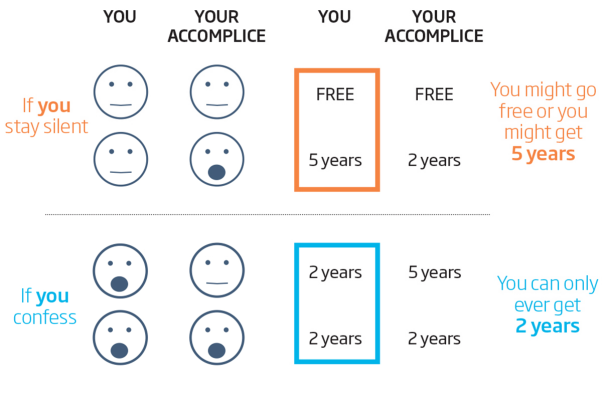
四、小结
参考引用
[1]S. Kuutti, . R. Bowden, . Y. Jin and P. Bar, “A Survey of Deep Learning Applications to Autonomous Vehicle Control,” IEEE Transactions on Intelligent Transportation Systems, vol. 22, pp. 712-733, 2021.
[2]IANS, “Mumbai Firm Genesys Empowering Self-Driving Cars in US with High-Precision HD Mapping,” 26 06 2018. [Online]. Available: https://beebom.com/mumbai-firm-empowering-self-driving-cars-in-us-with-high-precision-hd-mapping/. [Accessed 21 04 2023].
[3] M. J. Mirza, J. Micorek, H. Possegger and H. Bischof, “The Norm Must Go On: Dynamic Unsupervised Domain Adaptation by Normalization,” in 2022 IEEE/CVF Conference on Computer Vision and Pattern Recognition, Hybrider Event, New Orleans, 2022.
[4]A. Novikova, “DON’T DRIVE ME CRAZY: FEATURES TO ENSURE SELF-DRIVING CAR SAFETY,” 14 08 2022. [Online]. Available: https://intersog.co.il/blog/dont-drive-me-crazy-features-to-ensure-self-driving-car-safety/. [Accessed 21 04 2023].
[5]H. Shao, L. Wang, R. Chen, H. Li and Y. Liu, “InterFuser: Safety-Enhanced Autonomous Driving Using Interpretable Sensor Fusion Transformer,” in 2022 Conference on Robot Learning, Auckland, New Zealand, 2022.
[6]K. Chitta, A. Prakash, B. Jaeger, Z. Yu, K. Renz and A. Geiger, “TransFuser: Imitation with Transformer-Based Sensor Fusion for Autonomous Driving,” IEEE Transactions on Pattern Analysis and Machine Intelligence , 2022.
[7]H. Shu, T. Liu, X. Mu and D. Cao, “Driving Tasks Transfer Using Deep Reinforcement Learning for Decision-Making of Autonomous Vehicles in Unsignalized Intersection,” IEEE Transactions on Vehicular Technology, vol. 71, pp. 41-52, 2022.
[8]K. Zhou, Z. Liu, Y. Qiao, T. Xiang and C. C. Loy, “Domain Generalization: A Survey,” IEEE Transactions on Pattern Analysis and Machine Intelligence, vol. 45, pp. 4396-4415, 2023.
[9]J. Wu, Z. Huang, C. Huang, Z. Hu, P. Hang, Y. Xing and C. Lv, “Human-in-the-Loop Deep Reinforcement Learning with Application to Autonomous Driving,” arXiv preprint arXiv:2104.07246., 2021.
[10]A. BAKER-CAMPBELL, “FAIR WEATHER FRIEND: HOW DO LIDAR SYSTEMS COPE IN RAIN & FOG?,” 18 12 2020. [Online]. Available: https://www.autovision-news.com/adas/lidar-systems-rain-fog/. [Accessed 21 04 2023].
[11]R. Michelmore, M. Wicker, L. Laurenti, L. Cardelli, Y. Gal and M. Kwiatkowska, “Uncertainty Quantification with Statistical Guarantees in End-to-End Autonomous Driving Control,” in 2020 IEEE international conference on robotics and automation (ICRA), 2020.
[12]F. Lambert, “Tesla releases new footage of auto labeling tool for its self-driving effort,” 01 12 2021. [Online]. Available: https://electrek.co/2021/12/01/tesla-releases-new-footage-auto-labeling-tool-self-driving/. [Accessed 21 04 2023].
[13]W. Tong, J. Xie, T. Li, H. Deng, X. Geng, R. Zhou, D. Yang, B. Dai, L. Lu and H. Li, “3D Data Augmentation for Driving Scenes on Camera,” arXiv preprint arXiv:2303.10340., 2023.
[14]P. Goel and L. Chen, “On the Robustness of Monte Carlo Dropout Trained with Noisy Labels,” in the IEEE/CVF Conference on Computer Vision and Pattern Recognition, Nashville, TN, USA, 2021.
[15]“Multi-agent behavior understanding for autonomous driving,” [Online]. Available: https://archiveweb.epfl.ch/transport.epfl.ch//research-overview/vehicles-infrastructures/intelligent-vehicles/adas-vita-en/.
[16]S. Shalev-Shwartz, S. Shammah and A. Shashua., “Safe, Multi-Agent, Reinforcement Learning for Autonomous Driving,” arXiv preprint arXiv:1610.03295, 2016.
[17]J. F. Fisac, E. Bronstein, E. Stefansson, D. Sadigh, S. S. Sastry and A. D. Dragan, “Hierarchical Game-Theoretic Planning for Autonomous Vehicles,” in 2019 International conference on robotics and automation (ICRA), Montreal, Canada, 2019.
[18]N. Smirnov, Y. Liu, A. Validi, W. Morales-Alvarez and C. Olaverri-Monreal, “A Game Theory-Based Approach for Modeling Autonomous Vehicle Behavior in Congested, Urban Lane-Changing Scenarios,” Sensors, vol. 21(4), p. 1523, 2021.
[19]D. Cossins, “How to win at game theory,” 09 12 2015. [Online]. Available: https://www.newscientist.com/article/mg22830510-700-how-to-win-at-game-theory/. [Accessed 21 04 2023].
- 用户评论

